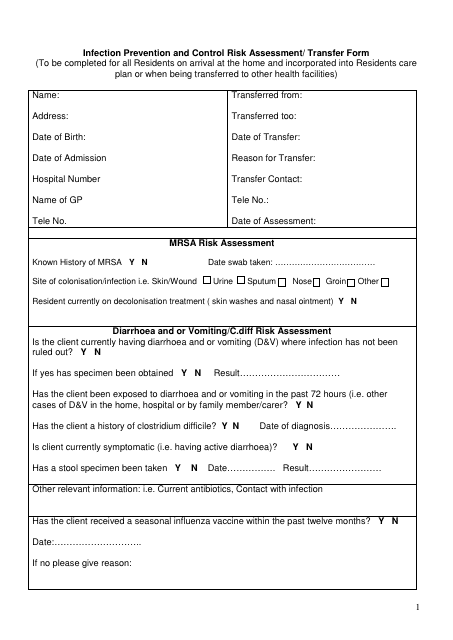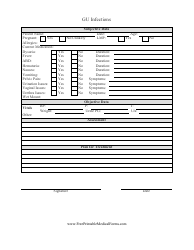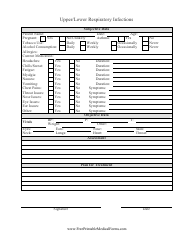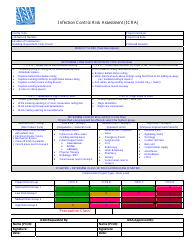Infection Prevention and Control Risk Assessment / Transfer Form
The Infection Prevention and Control Risk Assessment/ Transfer Form is used to assess and transfer information regarding the potential risks of infection in different healthcare settings. It helps healthcare facilities identify possible sources of infection and develop strategies to minimize the risk and prevent the spread of infections.
The Infection Prevention and Control Risk Assessment/Transfer Form is typically filed by healthcare professionals or administrators responsible for infection control protocols.
FAQ
Q: What is an Infection Prevention and Control Risk Assessment?
A: An Infection Prevention and Control Risk Assessment is a process used to identify and evaluate potential risks and implement measures to prevent and control the spread of infections.
Q: Why is an Infection Prevention and Control Risk Assessment important?
A: An Infection Prevention and Control Risk Assessment is important because it helps identify areas of vulnerability and implement strategies to reduce the risk of infections.
Q: What is the purpose of the Transfer Form?
A: The purpose of the Transfer Form is to document the transfer of a patient from one facility to another while providing important infection prevention and control information.
Q: What information is included in the Transfer Form?
A: The Transfer Form may include the patient's medical history, current infections or precautions, laboratory results, and any other relevant information to ensure safe transfer and continuity of care.
Q: Who completes the Transfer Form?
A: The Transfer Form is typically completed by the healthcare facility or personnel responsible for transferring the patient.
Q: Who receives the Transfer Form?
A: The receiving healthcare facility or personnel usually receives the Transfer Form to ensure they have necessary infection prevention and control information about the patient.
Q: What are the benefits of using a Transfer Form?
A: Using a Transfer Form can help healthcare facilities communicate important infection prevention and control information, minimize the risk of infections, and ensure seamless care during patient transfers.
Q: How often should an Infection Prevention and Control Risk Assessment be conducted?
A: Infection Prevention and Control Risk Assessments should be conducted regularly, ideally on an ongoing basis, and whenever there are significant changes in the healthcare facility or patient population.
Q: Who is responsible for conducting an Infection Prevention and Control Risk Assessment?
A: Healthcare facilities typically designate trained infection prevention and control professionals or teams to conduct the assessments.
Q: What are some common measures implemented after an Infection Prevention and Control Risk Assessment?
A: Common measures implemented after an assessment include hand hygiene protocols, cleaning and disinfection procedures, proper use of personal protective equipment, and education and training for healthcare personnel.









